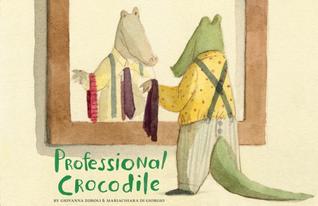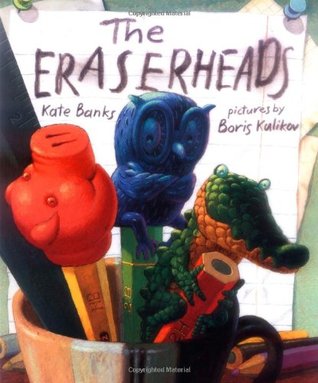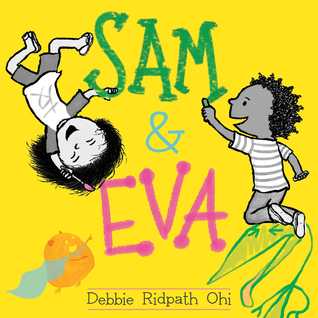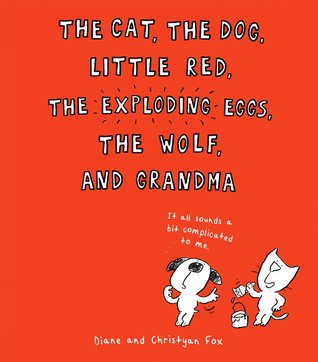Texts for this Text Set have been posted daily on Instagram. Follow @TextSets there to get daily updates!
Studying one idea across multiple texts is something we do so often as readers. We can show our students the power of doing this when building understanding/learning something new. When we read across several texts about a single topic, we build knowledge, examine perspectives, build on first understanding, change thinking as we learn more, and ask more questions. When we think of standards, when we read across texts, we practice synthesizing, we are learning true research and we learn to support our thinking with evidence. This week's text set explores books to use to study the idea of protest marches across several pieces of short text.
Both of these books are fabulous for starting the learning about Marches. They both have basic information. Sometimes People March share many reasons for marching with good information at the end of the book. In We March, we better understand the experience of being part of a march though simple text and illustrations. Both will be good to set the stage for more learning about marches.
Marching for Change takes a close look at 3 different marches. These marches are 3 that students may know about and the book gives detailed information about each one. There are photographs that will help readers connect to a visual. This book can be included in the research by reading about one march or all three.
Together We March can provide weeks of mini lesson work. The book explores 25 different protest marches. The introduction is one that will add to the study of marches in this text set. Then readers can read more about marches they may know about and discover less known marches to build initial understandings. Each short piece provides a great deal of new information that will help readers build on, grow, and change their thinking.
Children's participation in marches will most likely be of interest to young readers and these two books that look at the children's march of 1963. Let the Children March looks at the whole of the march while The Youngest Marcher focuses on the youngest child who was arrested for protesting. These books focus on two stories about a single historical march and the important role of children.
This week's books were linked at Cover to Cover Children's Bookstore. If you are looking for a fabulous independent children's bookstore to support, this is an amazing one. We are lucky to have them in Central Ohio!















































